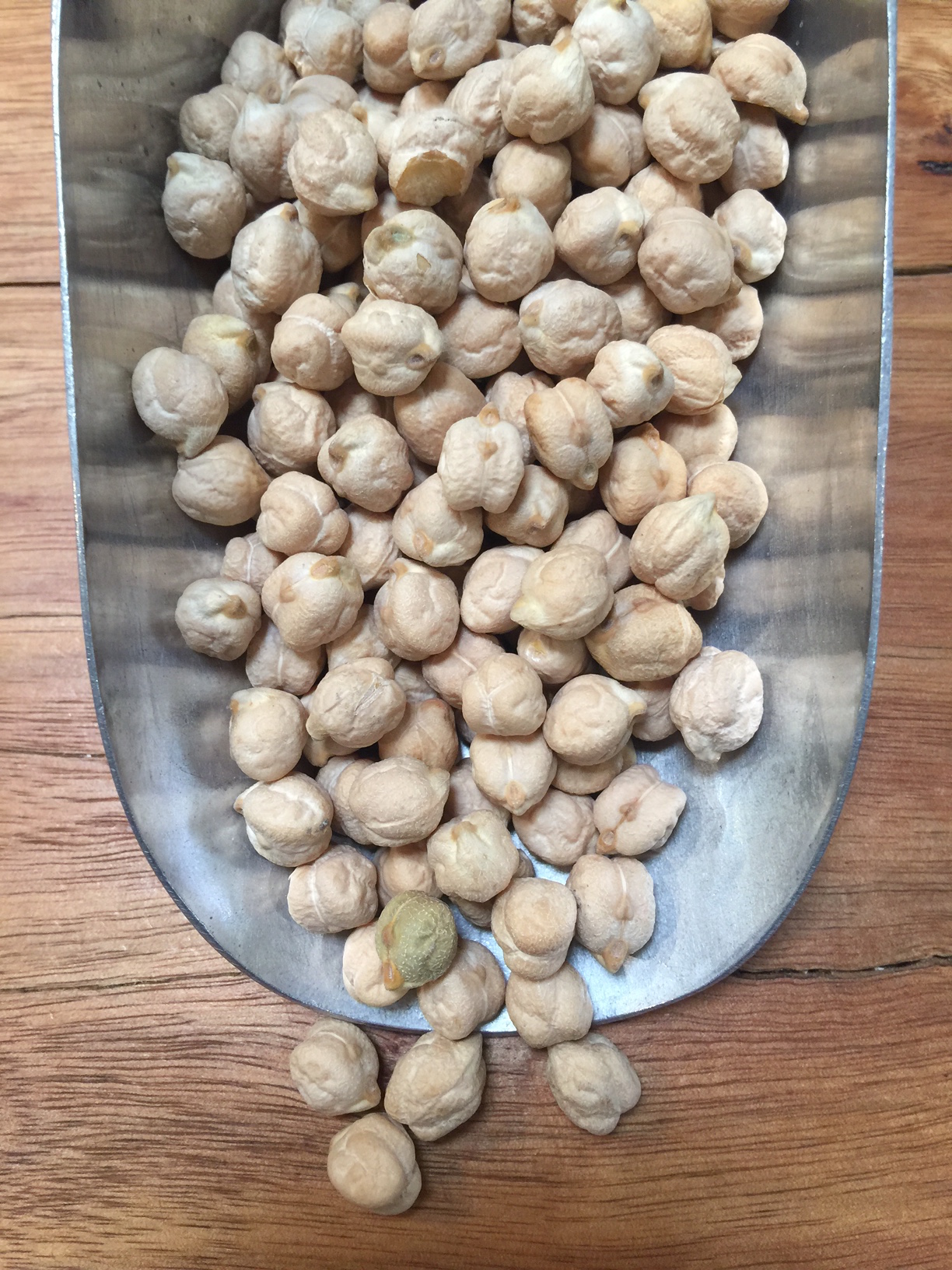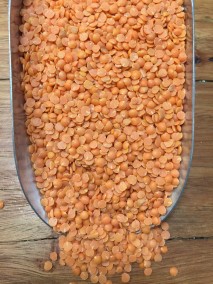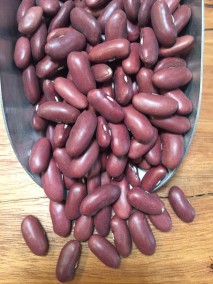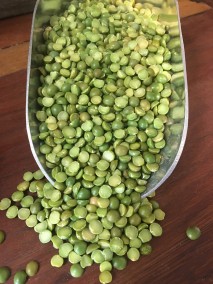100gm = ½ cup
- first grown in Australia as a commercial crop in Goondiwindi during the early 1970’s.
- Have a mild nutty flavour and keep their round shape when cooked.
- excellent for:
– dips, stews and salads,
– work well with curry flavours
– main ingredient in Hummus
– suitable for soups.
To cook,
-soak overnight in water.
– Add 1 cup of peas to 3-4 cups of water
– bring to the boil for 2-3 mins,
– reduce heat, cover & simmer for 2 hours or until soft




